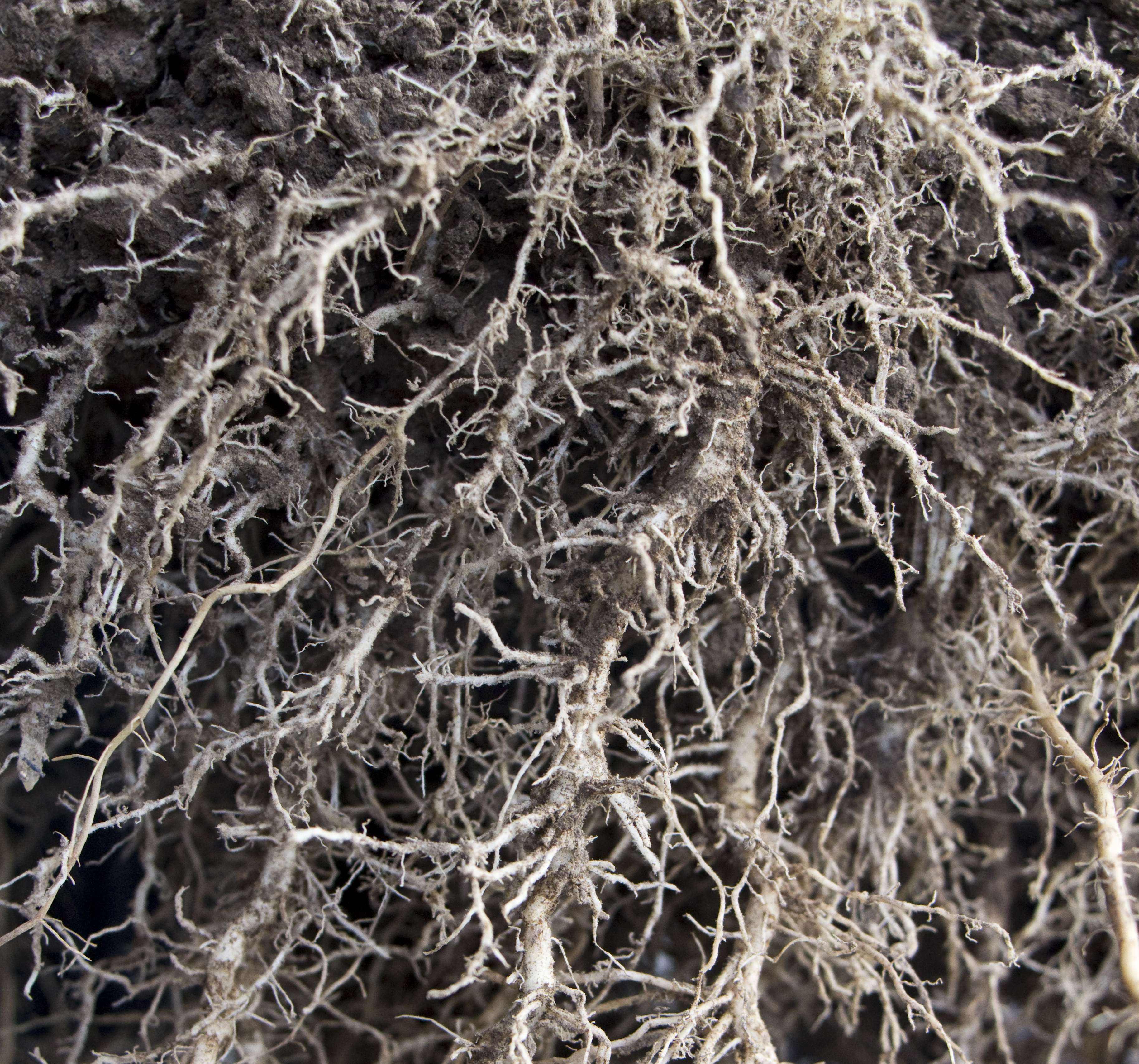If we zoom out to a planetary level, Earth is in a precarious position.
We have already exceeded planetary boundaries for land use, chemical usage, nitrogen and phosphorous cycles, energy emissions, and waste creation. While water usage is still within planetary boundaries, that is no comfort to water-stressed populations around the globe.
Indeed, we have entered a new epoch – for the first time, humans are now having a direct effect on the fundamental nature of the planet. Last week’s report from the Intergovernmental Panel on Climate Change (IPCC) rang the final call and warned of the dire consequences of inaction.
There are many reasons why humanity is having such macro impacts on the planet. But there is one human activity that is at the intersection of all of them: Food.
The ways in which we grow, manufacture, transport, package, consume and dispose of food are major drivers causing us to crash through planetary boundaries landing us in this new epoch.
As we zoom in from planetary boundaries to our human experience with food, we can see a perfect storm emerging.
- Population growth, the rise of the global middle class and urbanization are creating massive demand for more food, especially for meat.
- The Supply Chains we have built to meet these demands are accelerating deforestation and reducing biodiversity at alarming rates.
- Deforestation and Reduced Biodiversity, as well as greenhouse gas emissions from our agricultural systems, are contributing considerably to climate change.
- Climate Change is making crop yields volatile, pressuring farming economies and destabilizing populations from the lack of food and nutrition.
- Lack of Food and Nutrition is causing developmental problems in children, including stunting, cognitive delays, and immunity disorders.
- And systemically, the food we are producing from this activity is putting us at greater risk of cancer, diabetes, superbugs, and chronic diseases.
Clearly, our food system needs to change, radically and quickly. But what is the best lever for meaningful change? And how can we catalyze the innovation that it will take to make a difference?
We have to start at the foundation, and for food that means we have to start with the soil.
History of Soil
There was a time, before the 20th century, when soil was rich, healthy and organically dense – a deeply complex ecosystem of microbes, minerals, decomposing organic matter, air, and water. But today’s industrial agriculture system literally treats soil like dirt – the Food and Agriculture Organization of the United Nations (FAO) warns that the world has already lost about 30% of its arable land due to overly intensive and polluting farming practices. If current trends continue, soil as we know it will be gone by the year 2050.
According to the IPCC report, there will be increasing pressure for higher food prices in the coming decades as more extreme weather makes growing conditions increasingly difficult. In 2050, at least 10 billion people will inhabit our planet.
Ten million hectares of cropland are lost annually because of soil erosion, which is the equivalent of 30 football fields per minute. For every 0.1 m of soil eroded, yields are reduced by 4%, and there is a 10% loss of yields for every one-degree rise in temperature. In 2050, when CO2 concentrations are could reach 550ppm, nutritional levels of protein, iron, and zinc in staple crops such as wheat and rice will be lowered by as much as 17%. This will leave 2 billion people deficient in at least one or more essential nutrient, while 1.4 billion women of childbearing age and children under five will be at high risk of iron deficiency, 122 million people will be protein deficient, and 175 million people will become zinc deficient. These are staggering numbers with profound future implications for human health, food security and geopolitical security.
Soil is the Solution
Soil could be the solution to these challenges. Soil can help fight climate change via soil organic carbon sequestration (SOC); this is literally removing carbon dioxide from the atmosphere and storing it in the soil. According to a 2017 CGIAR report, SOC has the potential to sequester up to 3.5 GtCO2eq/yr by 2050 in a scenario consistent with 1.5 oC warming. In total, the SOC sequestration potential in 2050 could offset around 7% of total emissions, making it a vital tool in combating climate change.
Any future that includes 10 billion people eating healthily, sustainably and equitably will require soil – healthy soil. To meet this challenge, we have to start now. To realize the potential of soil, we need significant resources and talent to shift global agricultural production systems from extractive to restorative practices.
To that end, I had the honor to launch FoodShot Global, a new non-profit investment organization, at last month’s Global Climate Action Summit (GCAS). FoodShot Global is dedicated to transforming the food system into one that is healthier, more sustainable, and more equitable. FoodShot sees science, technology, innovation and investment as the keys to realizing our mission.
FoodShot Global was launched to address global food system challenges and has three mandates to do so.
First: to solve big, global-scale problems.
Second: to create change through collaboration, since no one fund, bank, foundation, university, corporation, non-profit or NGO alone can make the transformational changes that we need. We’ve brought together a consortium of world-class Founding Partners, including Rabobank, Generation Investment Management, MARS, UC Davis’s Innovation Institute for Food and Health, The Rockefeller Foundation, The Builders Initiative, Armonia and the Stone Barns Center for Food and Agriculture. We also have a number of Venture and Resource Partners, including Acre Ventures, Activant Capital, The Nature Conservancy, The Foundation for Food and Agriculture Research, The Path Foundation, and The Soil Health Institute.
Third: to look to longer horizons and to align prize dollars, equity, and debt across a capital continuum. We want to empower visionary entrepreneurs and change agents, and that takes time and resources. On the early side of our capital continuum, we established the $525,000 GroundBreaker Prize for rising stars who are doing groundbreaking work in research, social enterprise and public policy/advocacy. Further down the capital continuum, FoodShot Global has aggregated up to $10 million for equity investments and up to $20 million a year in debt.
Solving the challenges around soil will not come down to a single solution – we need a collaborative effort that unites disparate disciplines and technologies into a new soil operating system — Soil 3.0.
Innovating a new Soil Operating System
Achieving the new soil operating system will require innovations in a number of areas, and it also offers many investment opportunities. In addition to pursuing global scale optimization of existing input efficiencies for water, fertilizers, pesticides, and land-use, we need to identify soil health improvements that support crop resilience to drought, pests, and disease. We must look to enhance nutrient use efficiency to optimize uptake by plants and minimize losses to the environment, while also developing alternative production and scaling of regenerative agricultural methods to increase soil health and commodity yields. And we must find ways to increase soil carbon sequestration while prioritizing improved human health through improved soil health.
These solutions could include:
- low-cost, integrated, multi-parameter soil sensors;
- better visualization systems via satellite, drones, and spectral imaging;
- biological-based crop protection and soil nutrient enhancements;
- new models for predictive analytics and precision agriculture;
- innovations in robotics;
- and development of soil and plant microbiome technologies.
There is also a need for behavior change via better farmer education and peer-to-peer learning systems, new incentive structures, and better land management tools – including blockchain – that promote improved soil management practices.
This will not happen overnight. It will take collaboration and time to build tools that allow us to observe and build global datasets for soil at the finest levels of detail; understand the organic material, mineral content and interdependent ecosystems of soils and plants; and parse the deluge of information to obtain workable intelligence about the most promising areas for action and study.
Even more exciting is the promise of the ideas yet to come, which may hold the key to growing healthier, more resilient and more sustainable food. Somewhere in a lab or a garage in Singapore, Delhi, Nairobi, Brooklyn, or Vancouver, there is a scientist or technologist with an inspired but nascent idea that will be a breakthrough contribution to this integrated approach. We want to find them. We want to fund them. We want to look deeper into the soil and deeper into the future to make sure we realize a better one.
FoodShot invites entrepreneurs and researchers to submit funding requests for moonshot-scale ideas that will create a new soil operating system for the 21st century. Applications and nominations for FoodShot Global’s challenge, Innovating Soil 3.0, are due by December 1, 2018.
Editor’s Note: Victor Friedberg, founder of FoodShot Global, has been at the forefront of innovation, global development, and sustainability for more than 20 years. A well-known thought leader in food system innovation, investment, and sustainable global development. Victor is the co-founder of S2G Ventures, a leading food, and agricultural venture fund and leads investments into transformative companies like Beyond Meat, Ripple, FishPeople, Spyce Lavva, and Apeel Sciences among others.
**This article is sponsored by FoodShot Global, an AgFunder Network Partner. Find out more about FoodShot here, and our Network Partner program here.





